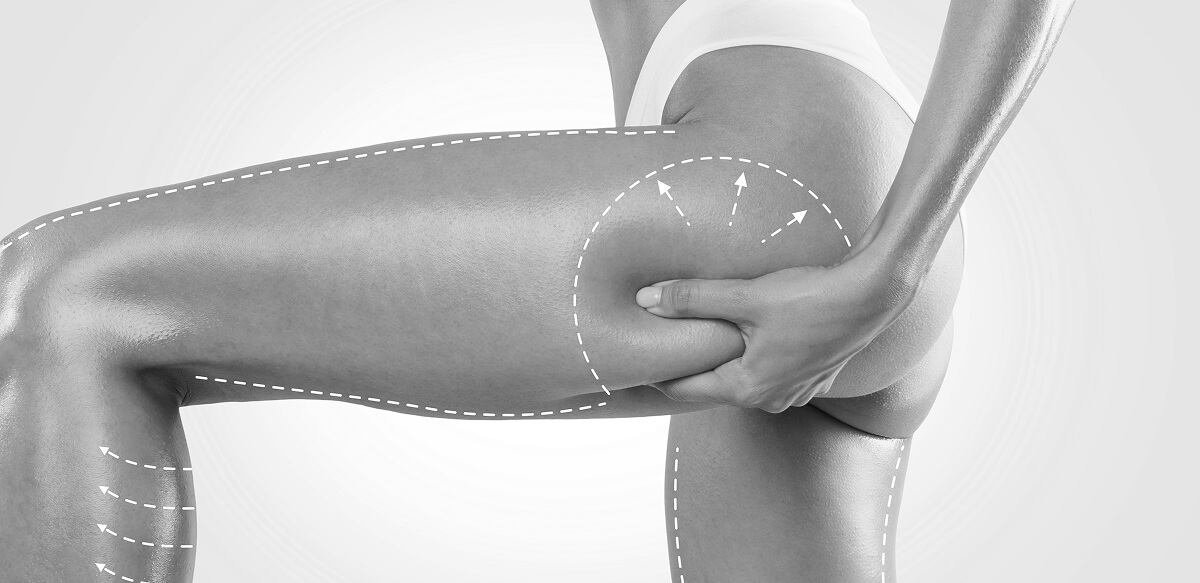
Thigh lift surgery is a transformative procedure designed to remove excess skin and fat from the upper thighs, providing a more toned, contoured appearance. While the results can be life-changing, the recovery process is just as important as the surgery itself. Many patients focus on the cosmetic outcome, but understanding how to navigate the recovery phase can make all the difference in achieving the best results. In this article, we’ll explore lesser-discussed aspects of thigh lift surgery recovery, offering insights into post-surgical care, common challenges, and actionable tips to ensure your healing process is as smooth and efficient as possible. Whether you’re preparing for surgery or in the early stages of recovery, this guide will help you set the right expectations and take proactive steps toward a successful recovery.
Understanding Thigh Lift Surgery and the Recovery Process
Thigh lift surgery, also known as thighplasty, is designed to remove sagging skin and excess fat from the thighs, typically after significant weight loss or aging. The procedure can target the inner, outer, or both parts of the thighs, depending on individual needs. While the surgery itself is effective in reshaping the thighs, the recovery process can be a delicate balance of patience and care. During recovery, it’s crucial to manage swelling, avoid unnecessary strain on the surgical site, and follow guidelines for proper wound care to minimize the risk of complications. Unlike some other body contouring procedures, a thigh lift may involve longer healing times due to the extensive incision areas, making it important to prioritize rest and follow-up appointments. By understanding the nuances of the recovery process, patients can ensure they’re giving their body the best chance for optimal healing and long-lasting results.
Immediate Post-Surgery Care: The First Few Days
The first few days after thigh lift surgery are critical for a smooth recovery. During this time, the body is most vulnerable to swelling, bruising, and discomfort. Patients are typically advised to rest with their legs elevated to reduce swelling and promote circulation. It’s also essential to wear compression garments as instructed to support the newly contoured thighs and minimize fluid buildup. Though mild discomfort is normal, excessive pain could indicate complications, so it’s important to manage it with prescribed pain relievers and report any unusual sensations to the surgeon. Staying hydrated and following dietary recommendations will also help facilitate healing. Patients should avoid strenuous activities or movement that might strain the thighs, such as bending, twisting, or standing for prolonged periods. The goal during these first few days is to focus on rest, pain management, and minimizing movement to avoid putting stress on the surgical site.
Best Practices for a Smooth Recovery
- Follow Compression Garment Guidelines: Compression garments are essential for reducing swelling and promoting proper healing. While it may feel uncomfortable initially, these garments help the skin conform to the new shape and can prevent fluid accumulation. Ensure you wear them as instructed, typically 24/7 for the first few weeks, and avoid removing them unless directed by your surgeon.
- Gradual Activity Resumption: It’s crucial to refrain from engaging in heavy exercise or strenuous activity in the weeks following surgery. While light walking may be encouraged to promote circulation, avoid any activity that might put stress on the surgical area, such as squats, lunges, or running. Gradually reintroduce your regular activities as your body heals and your surgeon clears you to do so.
- Hydration and Nutrition: A well-balanced diet rich in vitamins, proteins, and minerals is key to recovery. Focus on foods that support skin healing and muscle regeneration, such as leafy greens, lean proteins, and foods high in vitamin C, which can aid in collagen formation. Staying hydrated will help your body recover faster and prevent constipation, a common issue due to reduced mobility and pain medications.
- Rest and Sleep: Proper rest is one of the most overlooked aspects of recovery. Your body needs time to repair tissues, and sleep is when this process occurs most efficiently. Aim for a minimum of 7-8 hours of sleep each night. Consider sleeping in a reclined position with pillows to keep your legs elevated and reduce swelling.
- Avoid Smoking and Alcohol: Smoking and alcohol consumption can hinder your body’s ability to heal. Smoking reduces blood flow, which slows down the healing process, while alcohol can interfere with medications and increase swelling. Refrain from smoking and drinking during your recovery period to ensure a faster and smoother healing process.
Returning to Normal Activities: When is it Safe?
Returning to normal activities after a thigh lift surgery requires careful consideration of your body’s healing progress. Typically, most patients can resume light activities, such as walking, within the first two to three weeks, but more strenuous exercises and lower body movements should be avoided for at least six weeks. Activities like running, weightlifting, or high-impact exercises may need to wait until the six- to eight-week mark, depending on your individual healing rate.
It’s essential to listen to your body during this recovery period. If you experience any discomfort, swelling, or pain, it’s important to scale back your activities. While it’s tempting to jump back into your regular routine, prioritizing rest and gradual reintroduction to activities will help minimize the risk of complications, including wound reopening or delayed healing. Always consult with your surgeon before re-engaging in high-impact exercises to ensure you’re fully healed and ready.
Long-Term Care for Your Results
After the initial recovery period, maintaining your thigh lift results requires ongoing care. It’s important to continue healthy habits, such as regular exercise and a balanced diet, to preserve the contour of your thighs and overall body shape. Staying hydrated and using moisturizers can help maintain skin elasticity, preventing sagging over time. Sun protection is crucial—protect the scars from direct sunlight to avoid hyperpigmentation, which can make them more noticeable. Additionally, regular follow-up visits with your surgeon can ensure your results are stable, and any concerns, like slight changes in contour, can be addressed early. Practicing these long-term care strategies ensures the longevity of your enhanced appearance.
In Conclusion
Thigh lift surgery offers transformative results, but ensuring a smooth recovery is crucial for achieving the best possible outcome. By following post-surgery care instructions, adhering to a healthy lifestyle, and maintaining long-term habits, you can maximize the success of your procedure. If you’re considering thigh lift surgery or have concerns about the recovery process, consulting with a trusted, experienced surgeon is key to your success.
To learn more or to schedule a consultation, visit us at Dr. Nima Plastic Surgery or call (626) 696-8181 today! Let us guide you on your journey to enhanced confidence and a beautiful, rejuvenated appearance.


